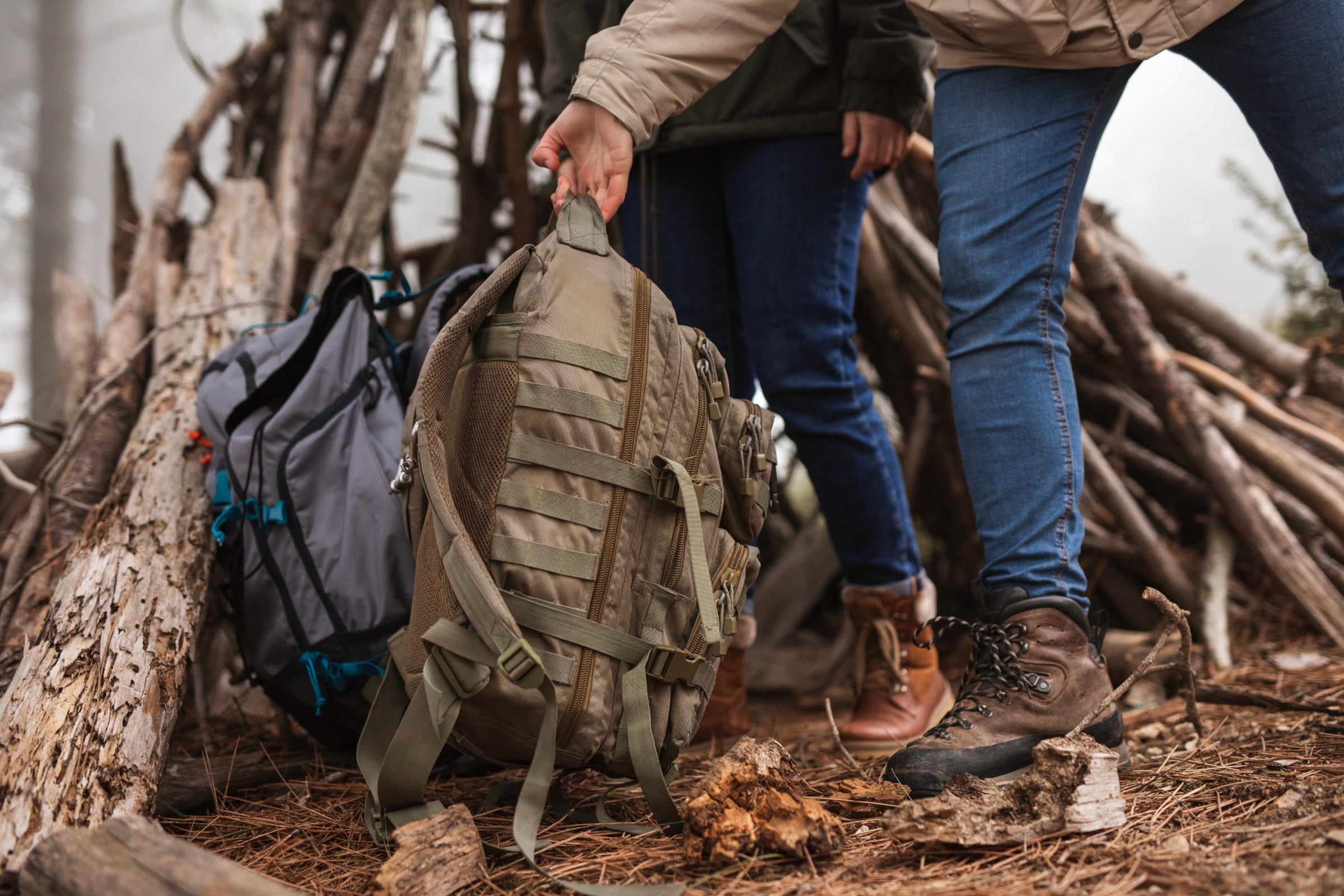Urban Prepping: Sheltering in Place vs. Bugging Out
Posted on October 15 2024,
In a densely populated urban environment, the unexpected can disrupt your way of life in an instant. Natural disasters like earthquakes, hurricanes or floods can strike with little warning, while manmade crises such as power grid failures or civil unrest can leave you scrambling for safety and supplies.
For urban preppers, whether you shelter in place or leave is the first question you need to answer. Both scenarios require planning, preparation and an understanding of when and how to choose one over the other.
The Importance of Having a Plan
In a disaster, confusion and panic can easily take over. This is especially true in cities where resources are scarce and residents may hoard basic necessities. Having a clear plan ahead of time ensures you can act quickly, decisively and calmly. Preparing for both sheltering in place and bugging out is essential, as the nature of the emergency may dictate the best course of action.
Being proactive doesn’t just safeguard your physical safety; it also gives you a psychological edge. Knowing you have the tools, knowledge and strategy in place allows you to focus on adapting to the situation instead of scrambling for survival.
Sheltering in Place

Sheltering in place means staying at home and turning it into your safe haven during a disaster. This approach works best when it’s safer to stay put than to venture into unknown or dangerous conditions outside.
When to Shelter in Place
- Natural Disasters: Events like fires, snowstorms or torrential rain may make roads impassable and leaving home unsafe
- Power Grid Failures: Staying home is often more practical than searching for resources elsewhere
- Civil Unrest: If the streets become dangerous, your home can provide security and privacy
- Pandemics: Avoiding exposure to a contagious illness is best done by staying indoors
How to Prepare for Sheltering in Place
- Stockpile Essentials: Keep a minimum two-week supply of food and water. Include non-perishable items, canned goods and freeze-dried meals. Aim for one gallon of water per person per day. View our FOOD and WATER categories for help getting started
- Backup Power: Invest in portable solar chargers, power banks and flashlights to stay powered without electricity. If you can afford it, consider buying a generator. Our TOOLS and GEAR section has our recommended options
- Harden Your Home: Reinforce doors and windows to protect against intrusions. Consider blackout curtains to maintain privacy at night
- Sanitation: Ensure you have backup sanitation options, such as portable toilets or heavy-duty trash bags in case plumbing stops working. We have doable suggestions for this challenge IN OUR SHOP so you can decide what works best
- Comfort and Communication: Stock entertainment like books and board games. Most importantly, keep a battery-powered or solar radio for news updates
Sheltering in place requires turning your home into a self-efficient fortress. Regularly check your supplies and rotate food and water to ensure they’re fresh.
Bugging Out

Bugging out means evacuating your home and relocating to a safer area. This decision is usually made when staying home becomes unsafe or unsustainable.
When to Bug Out
- Evacuation Orders: Natural disasters like wildfires or floods may make your home uninhabitable
- Structural Damage: If your building is no longer stable, it’s time to leave
- Toxic Threats: Chemical spills, gas leaks or other environmental hazards require immediate relocation
- Prolonged Crisis: If services like water, power and medical aid are unavailable for extended periods, leaving might be necessary
How to Prepare for Bugging Out
- Have a Bug-Out Bag: Prepare a bag for each family member containing essentials like food, water, clothing, first aid, a flashlight, a multitool and personal documents. We have multiple options for your to choose from that are already packed and ready to go HERE
- Plan Your Route: Identify multiple evacuation routes to avoid traffic or blocked roads. Practice these routes in advance
- Identify a Destination: Choose a safe location ahead of time, such as a relative’s home or a designated emergency shelter
- Emergency Transportation: Keep your vehicle in good condition and maintain a full tank of gas. For those without a car, identify public transit options or other modes of transport
- Stay Informed: Monitor local news and weather reports for real-time updates on the situation
Bugging out requires mobility and adaptability. Remember that conditions may change quickly, so staying flexible is vital.
Making the Decision: Stay or Go?

The decision to shelter in place or bug out often hinges on three key factors:
- Safety: Are you safer staying at home or are there imminent threats (flooding, structural collapse, etc.) that require you to leave?
- Supplies: Do you have enough food, water and power to remain self-sufficient, or are you running low on essentials?
- Information: Do you have reliable updates on the crisis, such as evacuation orders or road conditions?
A Dual Approach
The best urban preppers plan for both scenarios. Your preparations should be flexible, allowing you to transition from sheltering in place to bugging out if the situation escalates. For example, you might start by sheltering in place but have a bug-out bag ready to grab if circumstances force you to evacuate.
Final Thoughts
Urban prepping isn’t about living in fear—it’s about being ready to act when life throws you a curveball. Whether you’re sheltering in place or bugging out, the key is to prepare ahead of time so that you’re not making critical decisions under pressure.
By understanding the risks in your area, stockpiling essential resources and practicing your plans, you can face emergencies with confidence and clarity. When the time comes, you’ll know exactly what to do—and that could make all the difference for you and your loved ones.
Start planning today. Preparedness without panic is the goal.



0 comments